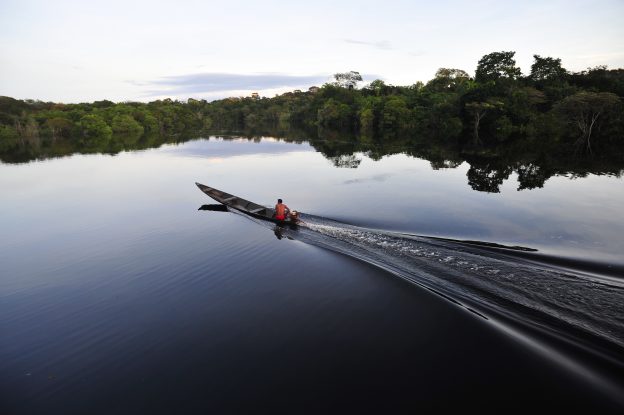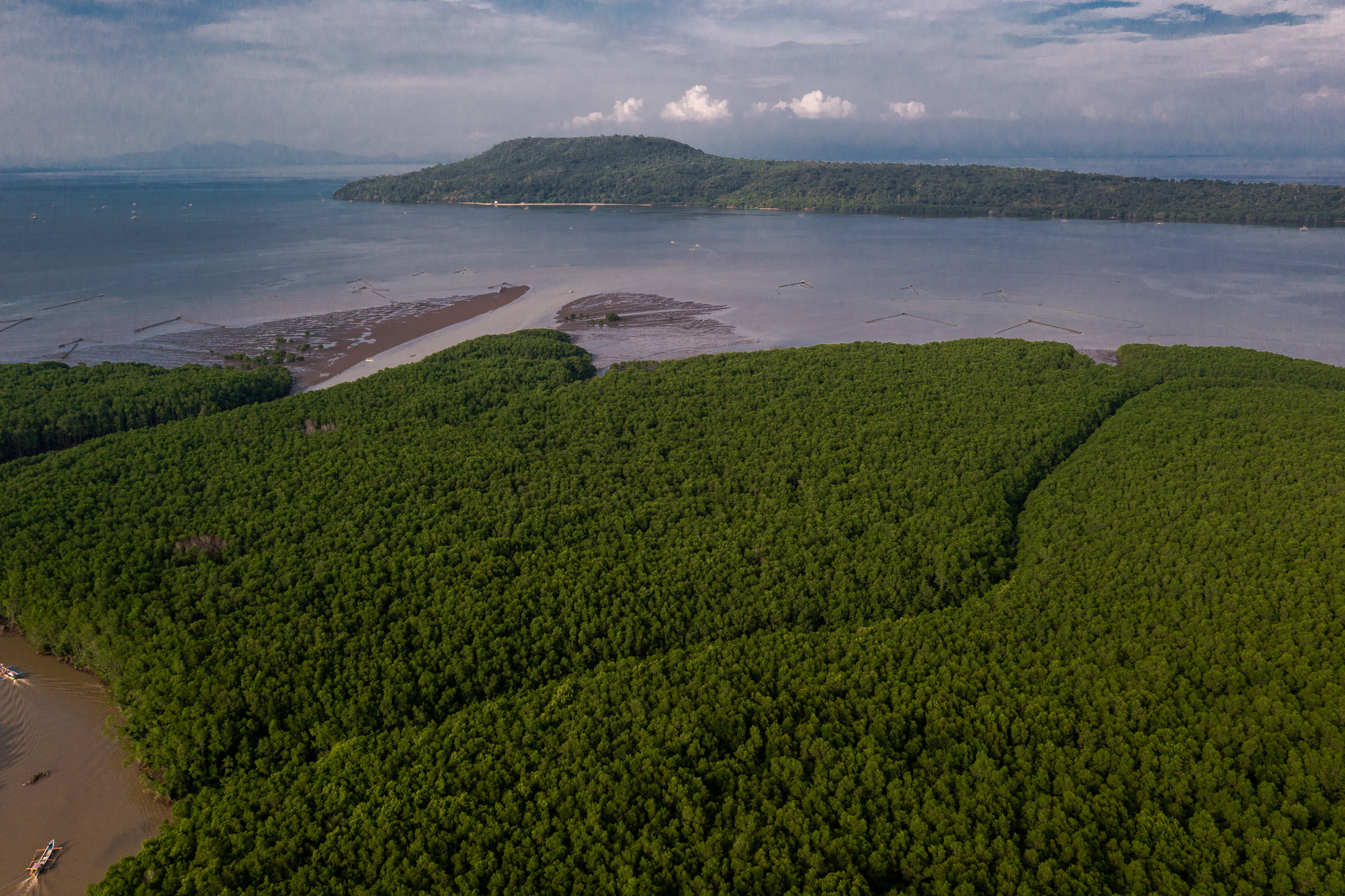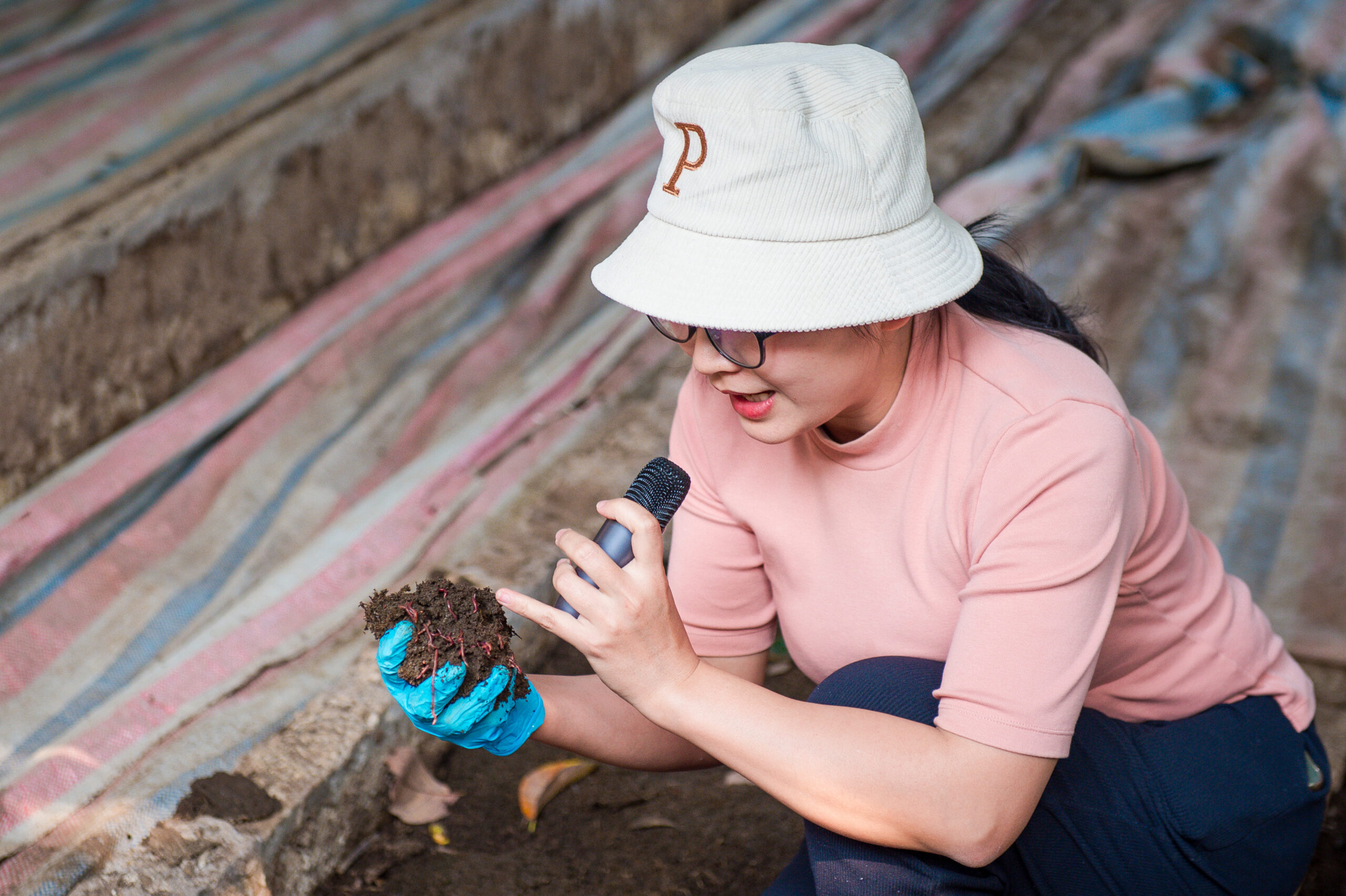“Anyone can plant a tree. But restoring a degraded forest landscape requires a lot of skills. You need the right tree in the right place for the right purpose — and the right people to take care of it.”
In his keynote address, Jochen Flasbarth, state secretary at Germany’s Federal Ministry for the Environment, Climate Action, Nature Conservation and Nuclear Safety (BMUKN), reminded participants at a side event during the Second Africa Climate Summit that while tree planting enjoys wide public appeal, true restoration is complex: Success depends on high-quality planting material, sound science and close collaboration with local communities.
The “Rooted in resilience”side event, held on 8 Septemberin Addis Ababa, Ethiopia,brought togetherpolicymakers, researchers and technical experts who explored tools to unlock scalable and equitable restoration for climate, biodiversity and livelihoods.The event was organized by the Center for International Forestry Research and World Agroforestry (CIFOR-ICRAF), Botanic Gardens Conservation International (BGCI) and the World Resources Institute (WRI).
Discussions focused on investing in high-quality native tree seed and seedling systems, supporting locally driven restoration, channelling climate finance to grassroots actors and fostering inclusive governance.


Building a quality tree seed platform
Participants were introduced to the new Transformative Partnership Platform (TPP) for quality tree seed and seedling delivery systems (Quality Tree Seed TPP)– an initiative of the Right Tree, Right Place, Right Purpose project (RTRP-Seed) funded by Germany’s International Climate Initiative (IKI).
Ian Dawson, a senior ecologist at CIFOR-ICRAF, explained that the Quality Tree Seed TPP invites members from across the tree–seed and seedling sector to join and shape its evolution. The purpose of the TPP is to strengthen the development of the treeseed and seedling sector in Africa, so that higher–quality trees — especially native species — are planted.
To support this objective, the TPP showcases existing tools and offers early access to new ones developed through RTRP-Seed. Through the RTRP-Seed Digital Campus, supported by the Global Landscapes Forum, the initiative is creating a curated list of tools to simplify decision-making. The TPP will also host stakeholder events to build collaboration and promote more impactful tree planting.
The event also featured complementary efforts, including CIFOR-ICRAF’s Provision for Adequate Tree Seed Portfolio (PATSPO) project in Ethiopia, as well asThe Global Biodiversity Standardled by BGCI and WRI’s Restore Local programme.
Together, these initiatives help embed nature-based solutions into countries’Nationally Determined Contributions,while leveragingAfrican-led financing mechanisms to strengthen restoration.They largely depend on the commitments of developed countries, which have pledged USD 300 billion per year in climate finance by 2035 – although Africa needs USD 1.3 trillion annually, according to the event’s participants.
Participants engaged in the “Rooted in Resilience” side event during the Africa Climate Summit 2 in Addis Ababa, Ethiopia, which explored governance, financing and technical support for locally led, biodiversity-rich and climate-smart restoration across Africa.
Investing in restoration champions
Lemma Yigremachew, senior technical advisor at WRI, presentedRestore Local, a regional flagship programmeadvancingcommunity-led restoration in the Lake Kivu and Ruzizi River Basin, Kenya’s Greater Rift Valleyand Ghana’s Cocoa Belt. The initiativeinvests in local champions, enables supportive policies, motivates broad participation and monitors progress through TerraMatch, an online platform.
“People restore land not because they are told to, but because it meets their needs and aspirations,” Yigremachew said. He described an annual funding gap of over USD 20 billion for restoration champions – most within the “missing middle” – seeking USD 25,000 to USD 1.5 million for their work. These sums are too large for microfinance and too small for commercial banking investment, leaving many without access to capital Yigremachew added.
Setting quality standards
Cristina Coletto,head of conservation action and monitoring at BGCI, showcasedthe Global Biodiversity Standard, which offers independent, science-based certification and mentoring.
She shared examples of community-led restoration in Uganda’s Budonga-Budoma corridor—a key chimpanzee habitat—and in Madagascar, where the Standard helped redirect a project that was inadvertently planting trees in natural grasslands, to focus on a more appropriate restoration method.
“The Global Biodiversity Standard helps ensure that restoration delivers high-integrity outcomes for biodiversity, climate and livelihoods, moving from ambition to impact, while reducing risks and strengthening resilience,” Coletto said.


Breeding seed orchards
Wubalem Tadesse, research project coordinator at CIFOR-ICRAF, discussed the achievements of PATSPO, a tree seed project implemented by CIFOR-ICRAF and financed by the International Climate and Forest Initiative (NICFI) through the Royal Norwegian Embassy in Addis Ababa. To better supply high-quality tree planting material, the project has established 62 breeding and seedling seed orchards for 23 (mostly native) priority species; described 530 existing tree seed sources; upgraded and operationalized five regional tree seed centres;developed a climate atlas and a mobile app;and strengthened the capacity of actors in the tree seed sector, including 2,000 farmers and associations.
Aster Gebrekirstos, senior scientist at CIFOR-ICRAF, highlighted how agroforestry – which has been practised in Africa for centuries – can tackle interconnected global challenges, such as climate change, biodiversity loss and rural poverty. Drawing on the Multifunctional Agroforestry for Ethiopia project, she illustrated how biodiversity-rich, climate-smart systems sequester carbon, restore soils, conserve water and strengthen rural livelihoods.
Scaling restoration with finance and governance
Fergal Ryan, deputy head of mission at theEmbassy of Ireland in Ethiopia,was one of four panellists who discussed governance, financing and technical support for African restoration. He highlighted Ireland’s long-termsupport for watershed restoration and climate-smart agriculture in the Gergera region of Tigray, Ethiopia,and his country’s collaboration with CIFOR-ICRAF since 2014 – including a new phase on integrated climate-smart livelihoods.
“Our work in Gergera has gone on for 20 years,” Ryan said, stressing the importance of local ownership and the empowerment of women, girls and landless youth. “Ireland’s approach to climate financing is scaling up impact with inclusion and equality.”
Susan Chomba, director of Vital Landscapes at WRI, noted that early benefits are critical to foster community engagement in restoration.
“A hungry person cannot be advised,” she said. “Quick wins around food security and incomes are key.”Chomba called for outcome-based finance models that reward communities for delivering “layered benefits” such as cleaning water, biodiversity protection and carbon gains.
Sadiki Laiser of the African Union Commission urged African nations to position themselves as providers of climate solutions by leveraging innovative financing and commercializing restoration. He emphasized that linking restoration to livelihoods and mobilizing private–sector capital are key. Laiser pointed to examples from Tanzania, Rwanda and elsewhere, where restoration is linked to livelihoods and insurance-linked credit schemes.
“Agroforestry– integrating crops, trees and livestock – offers practical pathways to attract investors while boosting resilience,” Laiser said.“By starting at the community level and scaling nationally, Africa can draw global finance, enhance livelihoods, and lead on climate action.”
Speakers and organizers of the “Rooted in Resilience” side event at the Africa Climate Summit 2 in September 2025 in Addis Ababa, Ethiopia. The session brought together policymakers, researchers and technical experts to discuss governance, financing and technical support for locally led, biodiversity-rich and climate-smart restoration across Africa.
Alice Muchugi, theme leader for tree genetic resources and biodiversity at CIFOR-ICRAF, emphasized the importance of long-term commitments in ecosystem restoration – not only from a finance perspective but also in farmers’ fields.
“If you plant a tree and you leave that tree before it grows tall enough to hide your face, you have only planted that tree,” Muchugi said. “You have not raised it.”
Closing the session, Kebede Yimam, director general of Ethiopian Forestry Development,reaffirmed Ethiopia’s pledge to restore 22 million hectares by 2030 through the Green Legacy Initiative and Degraded Landscape Restoration Special Fund.He urged African nations to adopt bold commitments while deepening collaboration, financing and technical support.










